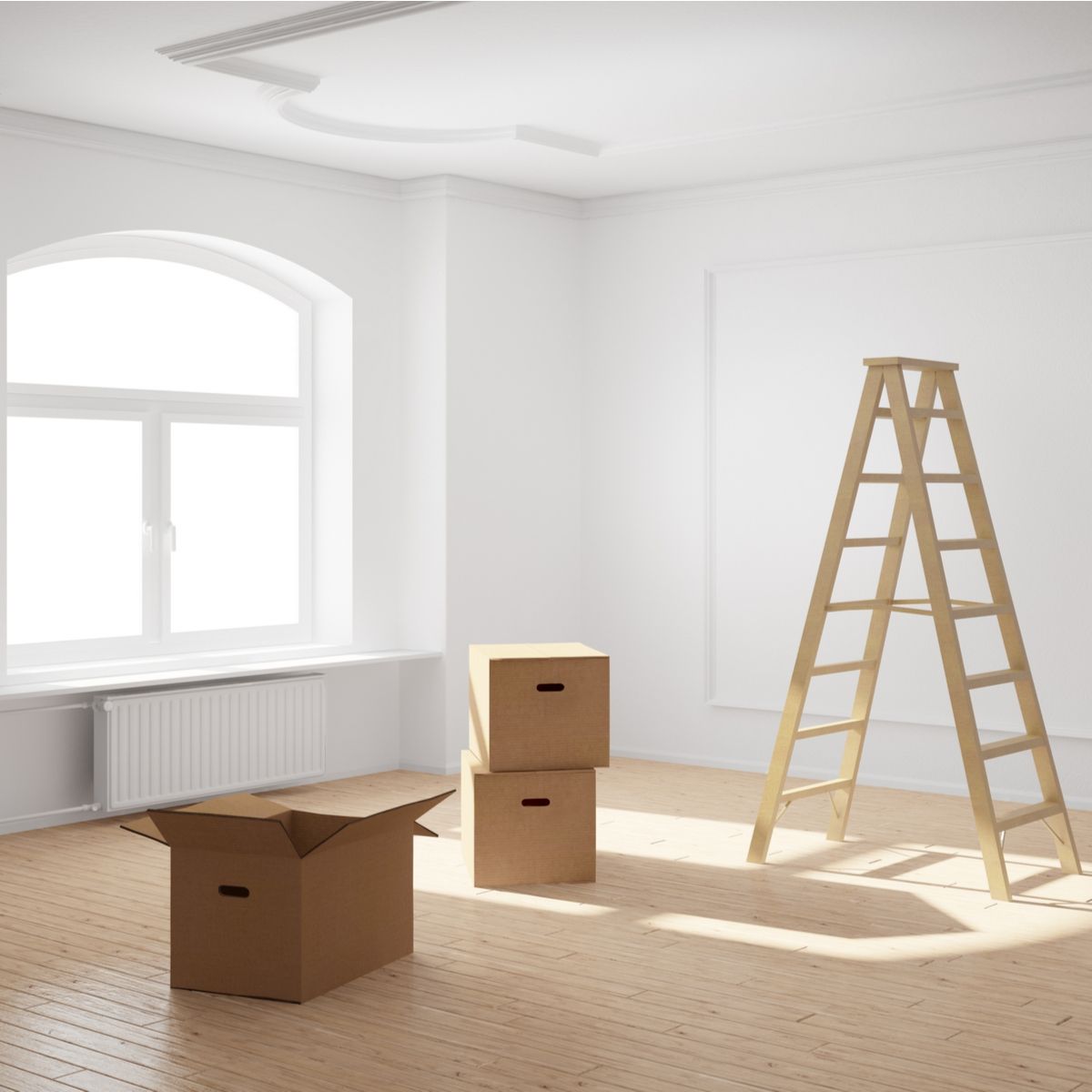Tenant Move Out Checklist
Dustin Edwards • February 21, 2020
What should I do when my tenant moves out of my rental?

When individuals are managing their own properties one of the most challenging periods is the stage of property management when a tenant moves out. Thoughts are swirling such as:
- What condition is the property going to be in?
- How much will I need to invest to get it rental ready?
- How long will my property be vacant?
- How many payments will I need to make while the property is vacant?
- How much of this is regular wear and tear and how much of it is damage the previous tenant should be responsible for?
While these are all natural thoughts and really practical questions we encourage people to take an approach like we do at Beach Cities Property Management. A tenant moving out gives the opportunity to ask questions about your rental such as:
- Are there any upgrades that could be completed now tackle that could increase rent?
- Is now the time to do another rental analysis to see if I could get an even higher rent?
- Should I even consider selling the property? Maybe a 1031 exchange into a residential multi-family(i.e. 2-4 units)?
Taking a moment to ask yourself a few questions about your property and how it is performing as an asset can help make the impeding vacancy be looked at as more of an opportunity vs. a liability.
Of course asking questions about the property is only part of what is needed when a tenant moves out. One of the most practical items we tackle are the essential activities related to the move out process. Consider a few of the items that we have on our move-out checklist below (our full list is much longer :)):
While these are only a few of the items we tackle for every property we invite you to consider the following essential activities when a tenant moves out.
- Document Condition - Memories fade, but thankfully digital pictures don’t. Documenting the condition of your property means going room by room taking photos and detailed notes on how the property differs from the move-in process. Take time to note the small details with the understanding of what is a likely repair and what could be more of a cleaning issue (i.e. carpet cleaning vs. full carpet replacement).
- Outline List of Essential Repairs - There are certain repairs that just can’t wait. For example if the faucet is leaking then it absolutely needs to be dealt with. Or if your heating unit isn’t cutting it then put that at the top of the list. For your essential repairs be prepared to get a handyman or even multiple vendor quotes for the more expensive items. The sooner you get the property in rentable condition the sooner you can find a new happy renter.
- Get it ready to List for Rent - Once the property is looking fresh again then it is time to market it for rent. Marketing a property for rent is one item that continues to change drastically each year. No longer can one advertise in a single location. Your property should be featured in key online locations to ensure you attract the best possible renters. Consider our top 5 tips to preparing your Long Beach home for rent to help you on your path to attracting great renters.
When you would like to learn more about our comprehensive Move-Out and Move-In Process we invite you to reach out to us today to see how we could help. Even before you can find out today how much your property could rent for filling out our Free Rental Analysis.






